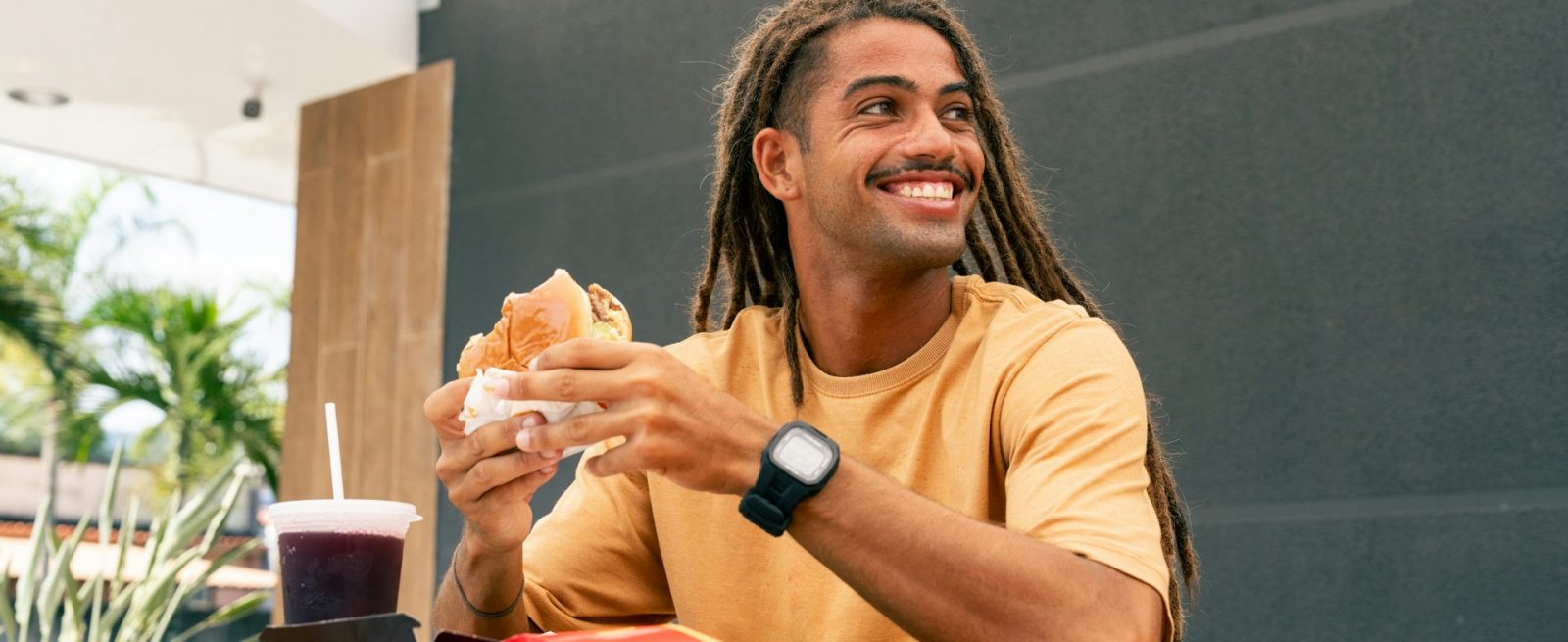Stronger QSR Loyalty Starts with Smarter Segmentation
3 Min Read By Hope Neiman
A loyalty program alone is no longer enough to keep QSR diners loyal.
The numbers don’t lie: The average American belongs to more than 15 loyalty programs overall and far fewer restaurant programs, but 78 percent of them would still consider switching to another brand. And for restaurants, the news is worse, since 2/3 of people have four or fewer restaurant loyalty programs.
The problem? Too many QSR loyalty programs offer generic deals that train customers to wait for the next discount. This turns programs into little more than coupon machines: 73 percent of loyalty program members expect to receive a reward every one-to-five orders.
To build deeper, more lasting relationships with customers, QSRs need to move beyond blanket promotions. This means anticipating what each customer wants before they ask for it and delivering a tailored offer at exactly the right moment — which is where predictive segmentation comes in. Instead of just grouping customers by demographics or past purchases, predictive segmentation categorizes them by their likely future behaviors.
The result is outreach that’s timely, personal, and much more effective at creating brand affinity.
How Anticipating Habits Builds Stronger Customer Loyalty
Today’s diners want offers that reflect their real habits. Predictive segmentation lets QSRs go beyond broad categories like “young adults” and instead create micro-audiences that reflect real dining patterns such as “late-night snackers” or “limited-time-offer explorers.”
This approach helps QSRs send more relevant offers that match how different customers actually engage with their brands. For example, a QSR could highlight a new sandwich release to diners who reliably try seasonal launches or send a late-night offer to guests who frequently order after 9 p.m. By recognizing and rewarding actual behaviors, brands show customers they’re valued as individuals, not just transactions, helping QSRs stand out from the coupon-dispensing crowd.
It’s no longer enough to know who your customers are today. For QSRs, transforming one-off transactions into lasting relationships means anticipating who their customers will be tomorrow — or risk blending into a sea of undifferentiated loyalty programs.
Three Micro-Audiences that Move the Needle on Loyalty
Micro-audiences can be configured in countless ways — so where should QSRs begin? These three groups offer a strong starting point, balancing ease of activation with impact to make them powerful drivers of loyalty.
1. At-risk Regulars
Customer churn rarely happens overnight. Predictive models can flag subtle changes to ordering habits that might signal a relationship at risk, enabling QSR brands to intervene before a former regular falls away.
For instance, if a diner skips their usual weekly order two weeks in a row, brands can intervene with a targeted “welcome back” promotion that offers a limited-time discount on their favorite meal. Acting early allows your QSR to re-engage diners, turning a potential loss into an opportunity to reinforce loyalty.
2. Emerging Loyalists
Your most loyal diners often share consistent patterns, such as ordering multiple times a week or reliably trying new menu launches. By analyzing these patterns, predictive segmentation can identify other diners who show the same emerging behaviors and nurture them into high-value regulars.
Imagine a loyal guest who consistently orders every new chicken sandwich your brand introduces. Predictive models can surface newer customers with that same tendency and reinforce it with tailored offers: early access to the next sandwich release, for example, or double loyalty points for purchasing the sandwich.
By connecting promotions directly to demonstrated interests, your brand can encourage these “lookalike” groups to develop the same high-value habits as your most loyal customers.
3. Contextual Diners
Location data alone can trigger generic geo-fenced offers, but when paired with predictive insights, it becomes far more powerful. Micro-audiences can be shaped by both proximity and patterns of behavior, creating outreach that feels well-timed and natural.
A student walking past a QSR near campus after class might receive a small snack offer, while a morning commuter driving by could be shown a breakfast combo. When order history and visit frequency are layered onto location triggers, QSRs can design promotions that align with diners’ established routines rather than disrupt them.
This integration of context and behavior strengthens the sense that your brand understands its customers’ daily lives. Offers no longer feel like broad marketing pushes, but are rather thoughtful extensions of existing habits — making it easier for diners to choose your brand consistently.
Predictive Personalization Is the Next Era of Loyalty
Predictive segmentation transforms loyalty from a numbers game into strategy built on anticipation and relevance. Using predictive insights to create micro-audiences, your brand can curate customer experiences that deepen their connection with your restaurant.
Loyalty programs aren’t just about redeeming offers — they’re fundamentally grounded in relationships. By anticipating what your customers will want next, your brand earns a place in their routines. The question now is: Are you building habits or simply handing out discounts?


